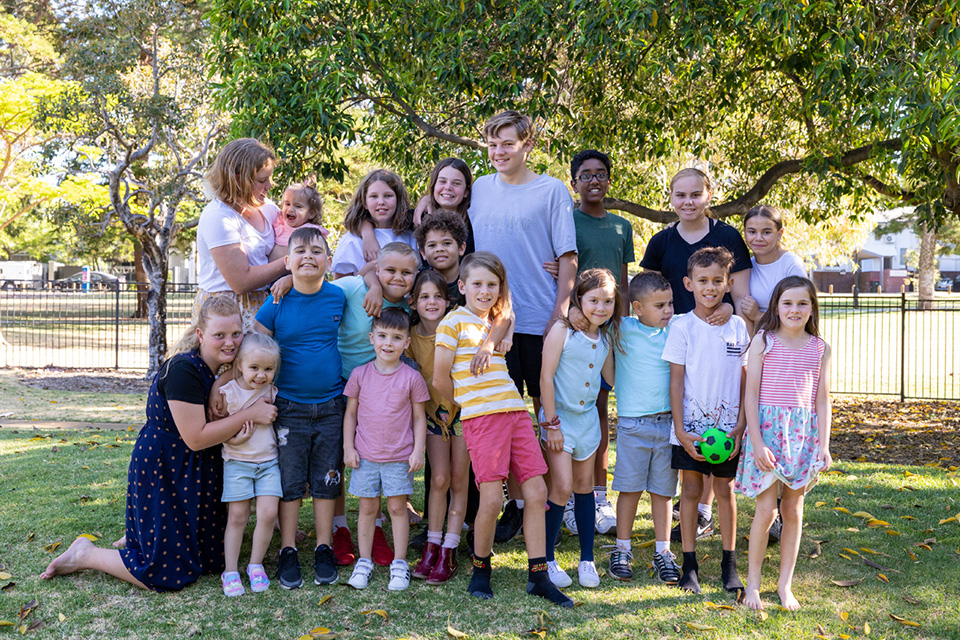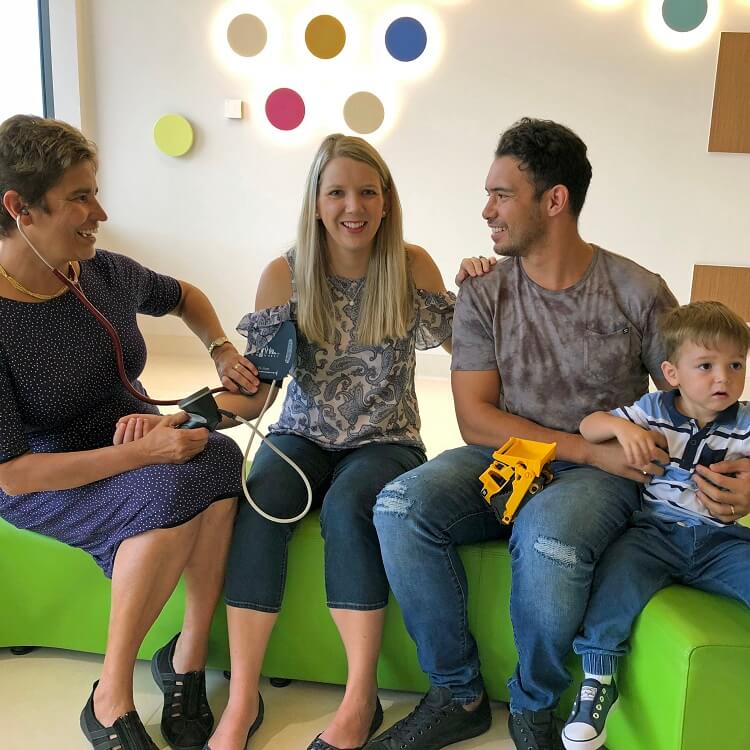Search
Research
Children's language development 0-9 years. In Growing up in Australia:Language development is one of the most important developmental accomplishments of early childhood and is the foundation for literacy, educational...
Research
Duration of breast-feeding and language ability to middle childhoodThere is controversy over whether increased breast-feeding duration has long-term benefits for language development.
Research
Language outcomes of 7-year-old children with or without a history of late language emergence at 24 monthsThe aim of this study was to investigate the language outcomes of 7-year-old children with and without a history of late language emergence at 24 months.

News & Events
The Kids researcher awarded prestigious EU Horizon 2020 grantProfessor Cate Taylor, is part of an International cohort of researchers to secure over €1.45million in grant funding from the EU’s Horizon 2020 programme.
Research
Maternal Serum Vitamin D Levels During Pregnancy and Offspring Neurocognitive DevelopmentNew research links poor language to lack of Vitamin D in womb.
Research
Joint attention and parent-child book readingGood language development is an integral component of school readiness and academic achievement.
Research
Inner speech impairment in children with autism is associated with greater nonverbal than verbal skillsWe present a new analysis of Whitehouse, Maybery, and Durkin's (2006, Experiment 3) data on inner speech in children with autism (CWA).

The Human Development and Community Wellbeing (HDCW) Team focuses on improving outcomes for children, family, and the community.

News & Events
ORIGINS reaches key milestoneORIGINS, a collaboration between The Kids and the Joondalup Health Campus, has achieved a major milestone – recruiting its 1000th family.
